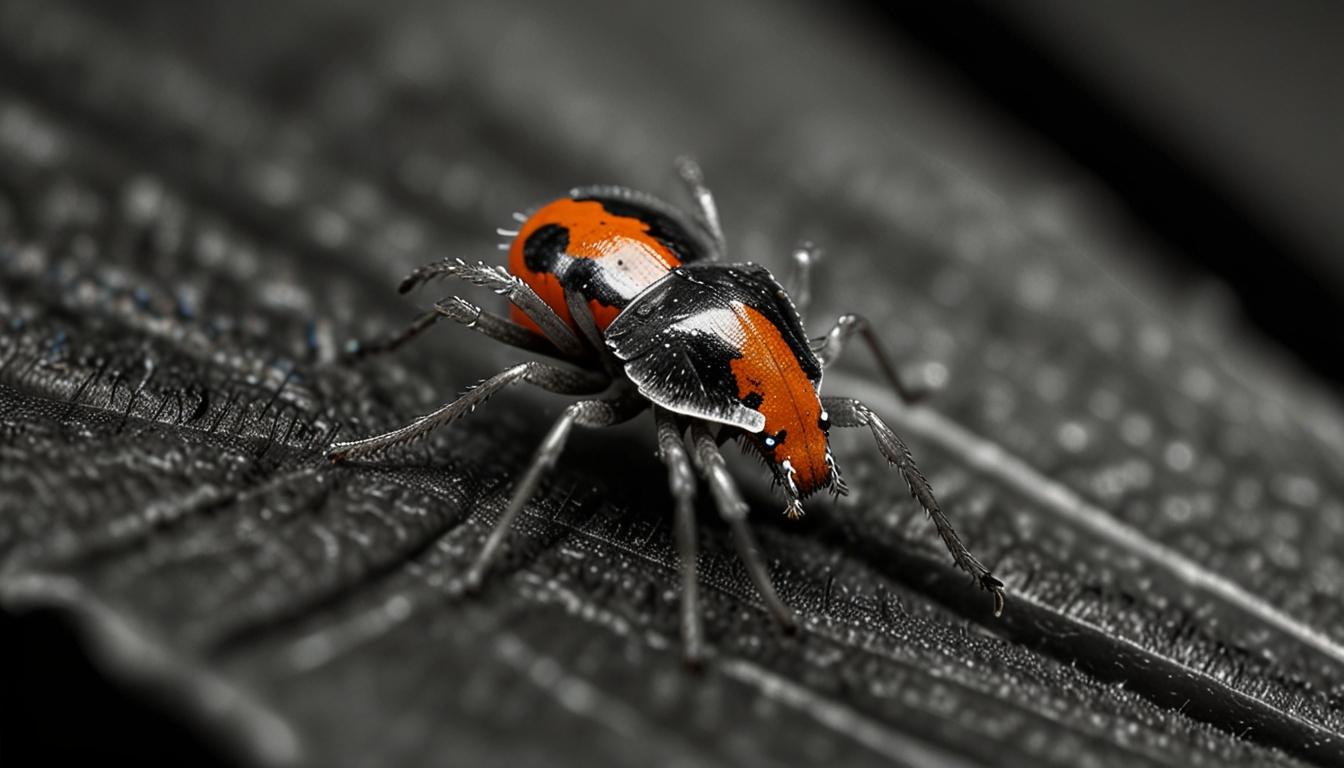Spanish authorities have initiated a project to monitor the increasing cases of Lyme disease and Crimean-Congo haemorrhagic fever spread by ticks. The project aims to control the spread and improve early diagnosis of these diseases, which have serious implications for public health.
Spain has launched a project to monitor the spread of two diseases transmitted by ticks following an increase in the number of cases. The Spanish authorities have integrated ticks into their National Plan for Surveillance and Control of Vector-borne Diseases.
The diseases being monitored are Lyme disease and Crimean-Congo haemorrhagic fever (CCHF). According to Lucía García San Miguel, head of the Coordination Center for Health Alerts and Emergencies (CCAES), Lyme disease has long-term effects and is difficult to diagnose. CCHF, which has a fatality rate of 10% to 40%, has a critical need for early diagnosis and supportive care.
In Spain, 15 cases of CCHF have been reported in the past eight years, and the number is expected to rise. Lyme disease is primarily found in the northern regions of Asturias and Galicia, while CCHF cases are concentrated in Salamanca and Extremadura.
The number of tick bites in Spain has seen a significant increase, particularly with a six-fold rise in Valencia over the last five years.
Lyme disease presents in stages: the early localized stage (3-30 days post-tick bite) includes rash and flu-like symptoms; the early disseminated stage (days to weeks post-tick bite) involves additional rashes and neurological issues; the late disseminated stage (months to years post-tick bite) leads to severe arthritis and neurologic symptoms.
CCHF progresses through several stages: the pre-hemorrhagic phase (1-7 days) involves fever and muscle aches; the hemorrhagic phase (beginning around the 4th day) is marked by severe bruising and internal bleeding; the convalescent phase (10-20 days after onset) occurs if the patient survives.
The monitoring project aims to better understand and control the spread of these diseases in Spain.













